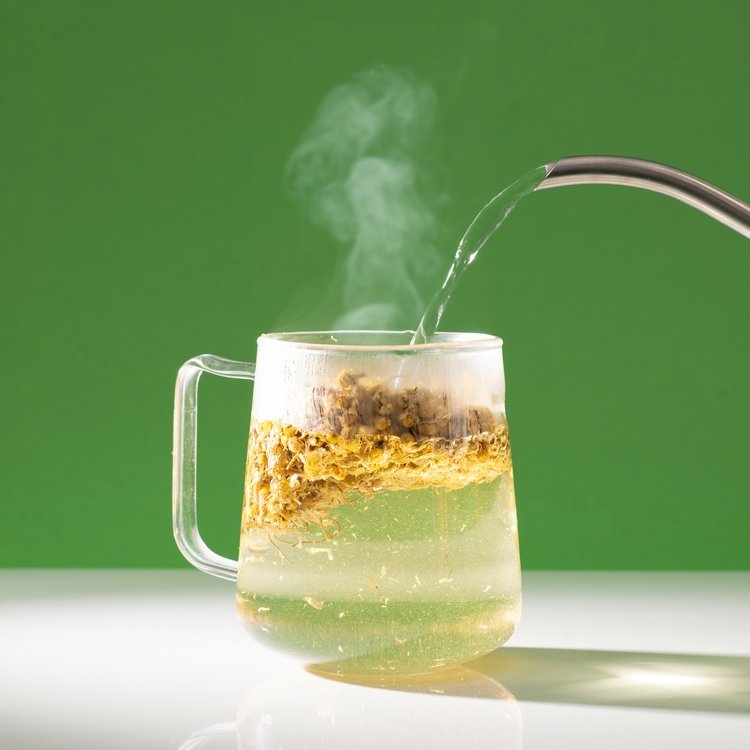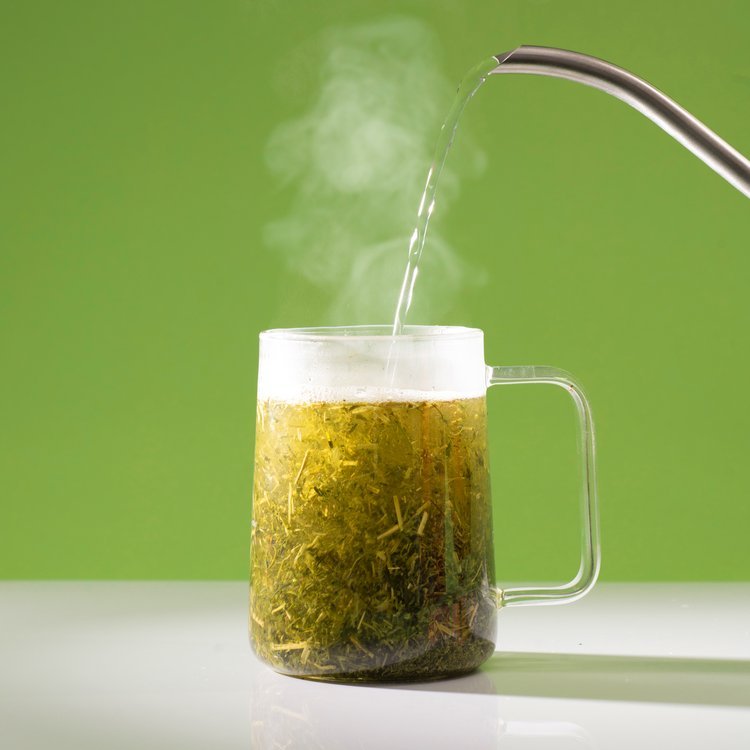-
• Keep it raw and organic
• Stay tea focused - high quality whole leaf teas - no tea bags
• Flavor only with herbs and spices; absolutely no added fruit juices or artificial sweeteners
• Use different base teas (green, black, oolong, pu-erh) in all stages of the brewing process
• Incorporate unique tea varieties in each brew: White Peony, Wild Thai Black, Kukicha Green, Jade Cloud, Bao Zhong
• Let the true character of Kombucha shine - ensuring that the flavorings don’t overwhelm the authentic taste. Fermented foods and beverages have a distinct tartness
-
Preparing a cup of tea involves a process called infusion – which simply put, is immersing tea in hot water, either with loose tea or teabags.
Teabags limit infusion due to their standardized size. To compensate, teabags are filled with smaller particles of broken tea leaves called “dust” and “fannings”, which increase the infusion rate and result in a fairly consistent cup of tea, but with a one-dimensional flavor profile. Innovative tea merchants use larger bags in unique shapes that allow the tea leaves to expand, thus improving the taste.
Laughing Gut prefers Whole Leaf/Loose Leaf Tea. Favored by tea connoisseurs, it’s the traditional way of steeping tea and yields a more complex, aromatic, and superior tasting experience. Free from the constraints of a teabag, the tea can expand, resulting in a fuller flavor profile, plus tea amounts can be easily adjusted for flavor and astringency. Whole leaf tea also offers a wider range of flavors and aromas over tea bags. Enjoying a classic cup of whole leaf tea rises to the level of an art form for devoted tea drinkers who engage in special ceremonies and tea rituals – and it’s the only type of tea we use in our Kombucha.
-
Tea is the most widely consumed beverage in the world only second to water. On any given day, over 159 million Americans are drinking tea. There are five main tea types – black, green, white, oolong, and pu’erh.
Tea is made of two varieties of the Camellia Senensis - an evergreen plant native to China, Tibet, and northern India. Camellia Sinensis is a small leaf variety growing in the high mountain regions of central China and Japan. Camellia Assamica, a broad leaf variety with dark green leaves and white blossoms, it is found in more tropical climates of Northeast India, the Szechuan and Yunnan provinces of China.
Before reaching the consumer, tea leaves go through a series of steps, including plucking, withering (allows the leaves to wilt and soften), rolling (shapes the leaves and wrings out the juices), oxidizing, and firing (drying). Oxidation occurs when the tea leaves are exposed to oxygen, resulting in the browning of the tea leaves. Encouraging or discouraging this chemical process results in different categories of tea and also creates the flavor and aroma of the tea.
Other contributing factors to the quality and taste of a particular tea include soil, climate and altitude. The tea maker’s essential role is to determine how the leaf is plucked and processed after harvesting, which denotes the type of tea produced.
To note, “herbal teas”, such as Chamomile, Rooibos, and Butterfly Pea Flower are made from infusions of herbs, berries, flowers, and spices and not from the tea plant, so technically they are not teas. They are also known as botanicals or tisanes.





